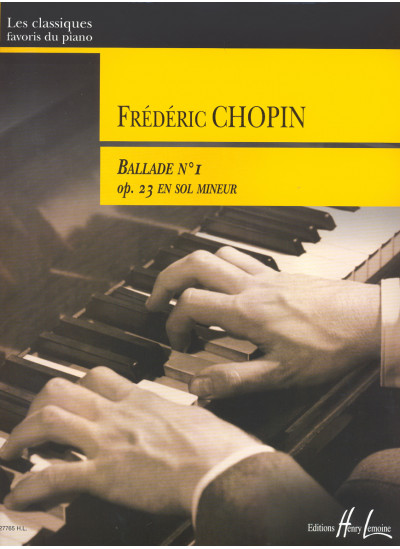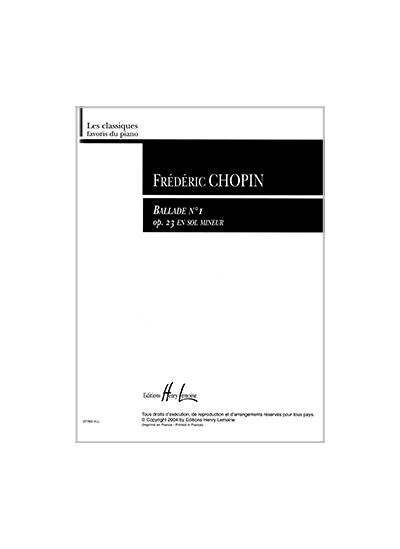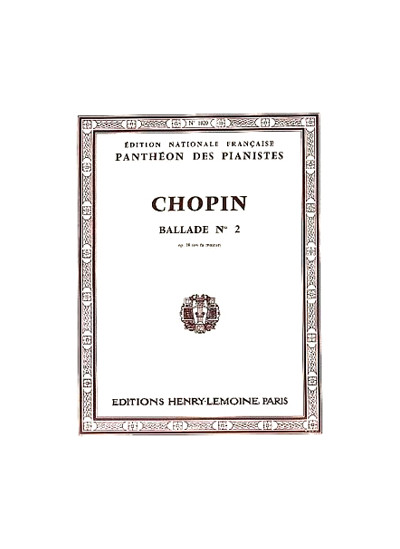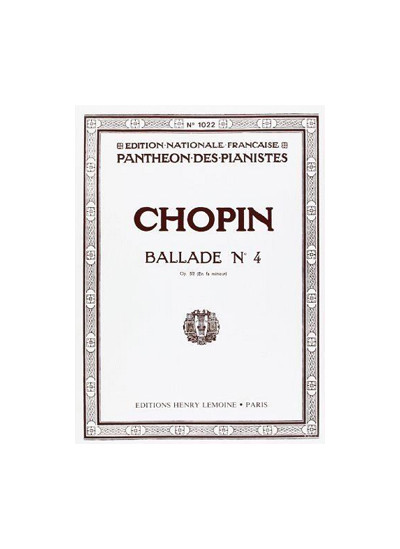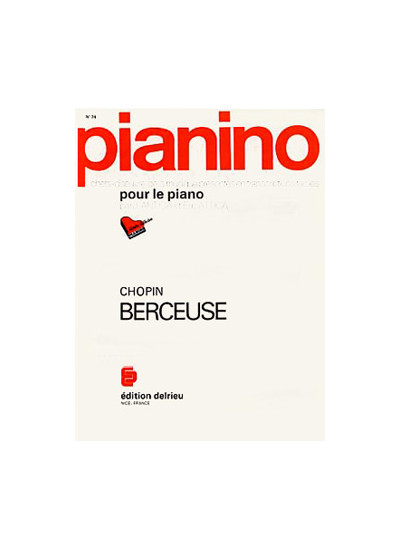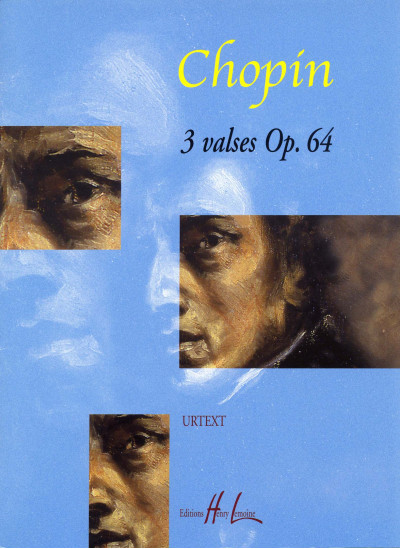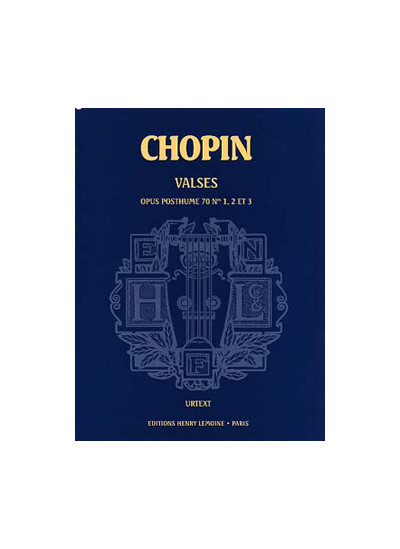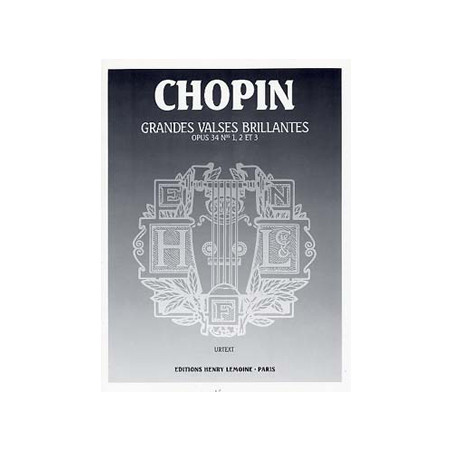
Play
a sample
The Ländler, an Austrian and German popular dance, and the Menuet, fashionable in the Princely courts of the XVllth and XVIIIth centuries, were at the origin of the Waltz. It acquired a great vogue in the XIXth century, particularly in Vienna.
Frédéric Chopin, whose thinking and taste were quite distinct from the Viennese conception of the Waltz, was nonetheless influenced by its ternary rhythm. Between 1827 and 1847, he composed nineteen Waltzes. The first were "brilliant", others were closer to the mazurka or infused with dreamy melancholy. "Like the earlier ones' - Schumann wrote about Waltz Opus 42, "this is a supremely melodic salon work... fit is aristocratic from head to toe..."
Chopin's waltzes, of a relatively easy technical rendition, rapidly acquired a certain popularity - however, their interpretation is not as simple as it might seem. As Franchomme noted, "A mistake in accenting the third beat suffices to alter the poetic craftsmanship of the Master". Chopin himself feared that certain works, when made known through publication, would be distorted by a "sentimentalized rendition".



